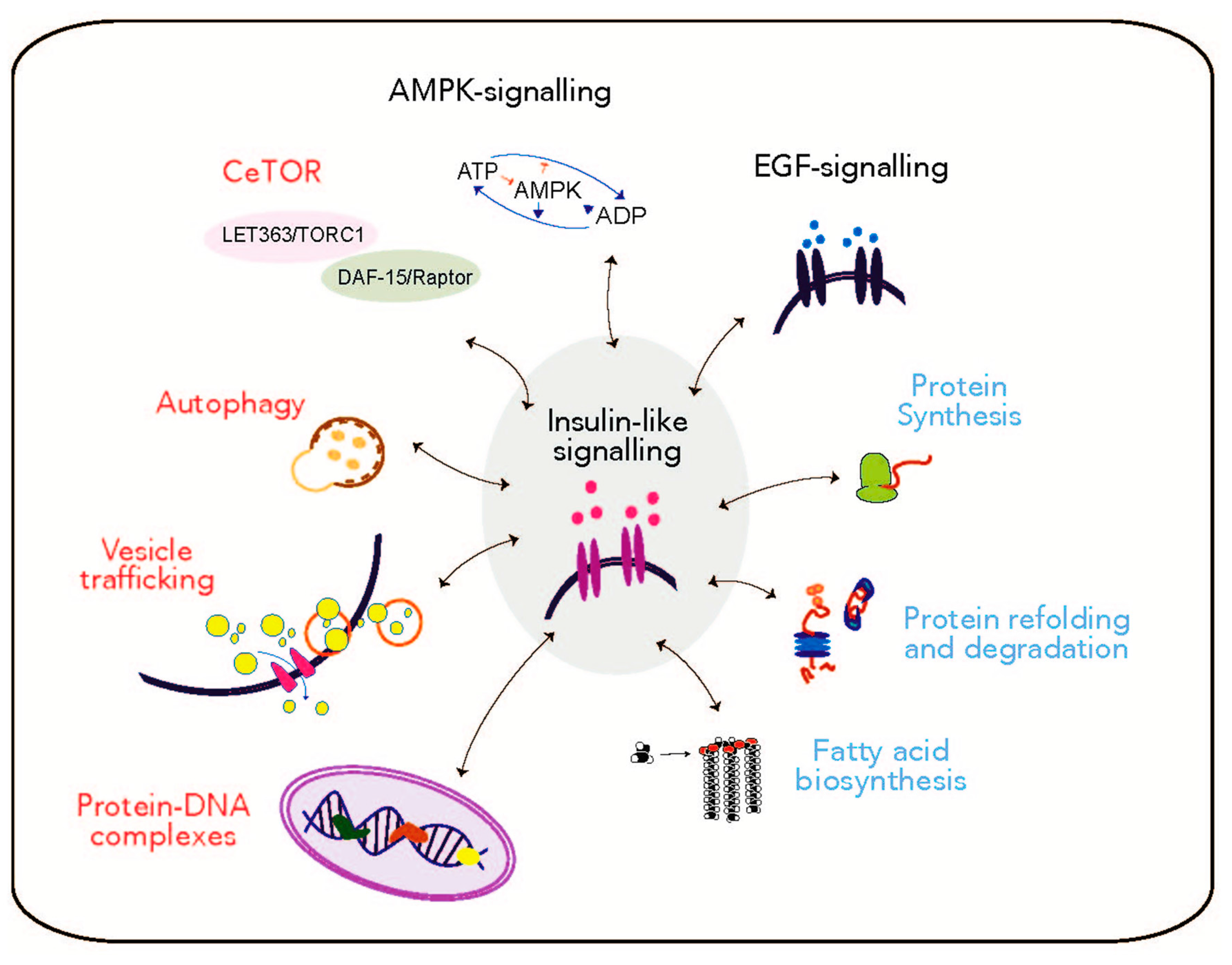How our cells repair their damaged DNA? How does a cell repair damaged DNA? What happens when your DNA is damaged? UV light induces the formation of pyrimidine dimers which can.
DNA by either removing or tolerating the damage to ensure an overall survival. Cells are known to eliminate three types of damage to their DNA by chemically reversing it. Single-strand damage. Structure of the base-excision repair enzyme uracil-DNA glycosylase excising a. Double-strand breaks.
The repair mechanisms such as, photoreactivation, base excision repair , nucleotide excision repair and mismatch repair , only the damaged strand of the DNA duplex is repaired and the undamaged strand acts as the template strand. There are three types of repair mechanisms : direct reversal of the damage , excision repair , and postreplication repair. For example, in a process called photoreactivation, pyrimidine bases fused by UV light are separated by DNA photolyase (a light-driven enzyme). Direct reversal repair is specific to the damage.

For direct reversal of alkylation events, a DNA methyltransferase or DNA glycosylase detects and removes the alkyl group. In fact, your DNA is getting damaged all the time by outside factors like UV light, chemicals, and X-rays—not to mention spontaneous chemical reactions that happen even without environmental insults! In human cells, both normal metabolic activities and. Several chemotherapeutic drugs used against cancers crosslink DNA. DNA is also damaged because of errors during its replication.
The DNA lesions produced by these damaging agents could be altered base, missing base, mismatch base, deletion or insertion, linked. A cell’s DNA is constantly exposed to physical and chemical stresses – or genotoxins – that can damage it and cause mutations. Transcription coupled nucleotide excision repair : Genes that are actively transcribed to produce mRNA are preferentially repaired. This activity was first identified when the phenomenon of adaptation was studied in detail (7 90).

There are three modes of excision repair , each of which employs specialized sets of enzymes. Damaged or inappropriate bases can be repaired by several mechanisms : Direct chemical reversalof the damage Excision Repair , in which the damaged base or bases are removed and then replaced with the correct ones in a localized burst of DNA synthesis. DNA damage and activates a protein called p53.
Base excision repair (BER) is a repair mechanism that deals with situations like the deamination of cytosine to uracil (Figure 3) or the methylation of a purine base. These changes do not typically distort the structure of the DNA helix, unlike chemical adducts or UV damage. Nucleotide excision repair proteins are attracted to this site and the damaged region is repaired.
DNA replication and DNA repair. Then the repair function will likely be deficient, an as a. RNA polymerase resumes transcription. In some cases, these reversal reactions require specific cofactors, in some cases not. Uncorrected mistakes can lead to serious consequences for the phenotype. Cells have developed several repair mechanisms to minimize the number of mutations that persist.
DNA Mutations Result From DNA Damage and Inaccurate DNA Repair Mechanisms. Learn vocabulary, terms, and more with flashcards, games, and other study tools. This gap can be filled by the opposite chromosome after replication, but before cellular division has occurred.

However, it can skip across, leaving a gap.
No comments:
Post a Comment
Note: Only a member of this blog may post a comment.